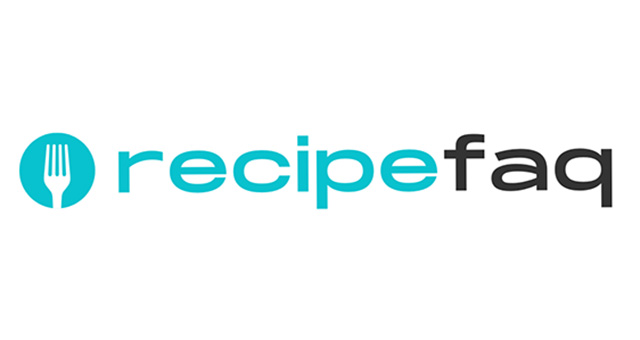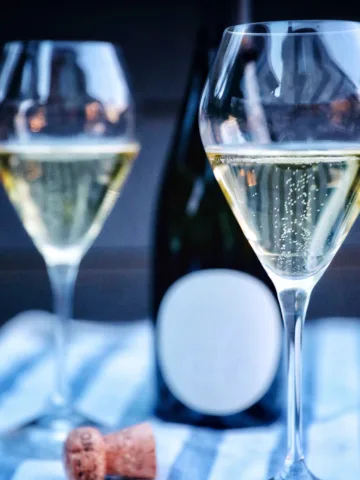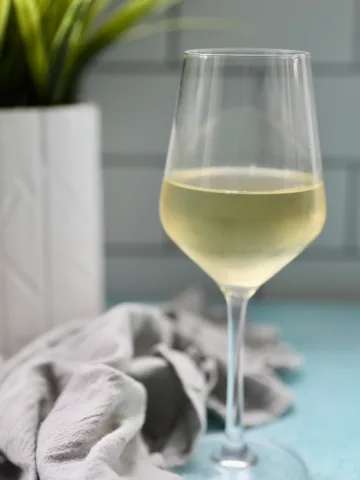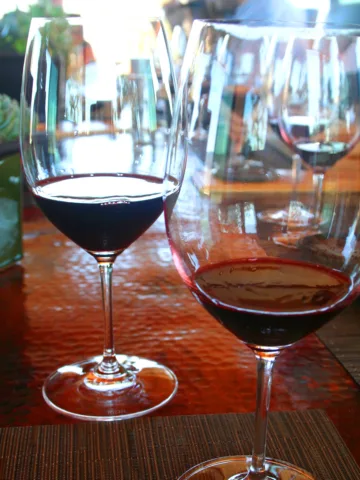They’re both versatile grape varieties, but each makes wine with distinct flavor profiles that set them apart. Explore some of the main differences between Chenin Blanc vs Sauvignon Blanc with this easy-to-use tasting guide.

When it comes to white wine, Sauvignon Blanc is among the most widely consumed varietals in the world. In fact, it’s second only to Chardonnay, with nearly 300,000 acres of grapes grown worldwide.
By contrast, only about 80,000 acres of Chenin Blanc vines are currently planted around the globe. But that doesn’t mean you should overlook this complex wine grape.
Discover what makes these Sauvignon Blanc and Chenin Blanc so unique. Plus, learn about ideal food pairings — and what you can expect to pay for a good bottle of each.


Jump to:
What is Chenin Blanc?
Versatility is a trademark of the Chenin Blanc white wine grape variety. It can produce wine that comes in a range of styles including still, sparkling, dry wine, and sweet wine, such as dessert wines. It’s also known for its signature, sometimes mouth-puckering acidity.
The Loire Valley of France is home to the Chenin Blanc grape (also referred to as pineau de la loire). The first vines in the region are believed to date back as far as the 8th century. And France is still one of the world’s leading producers of this unique white wine, along with South Africa.
Some of the best French wine regions for growing this grape include Vouvray and Anjou-Saumur. Though great still Chenin Blanc is made in Vouvray, some of the best sparkling examples hail from this region. While Anjou-Saumur produces highly regarded dry Chenin Blancs suitable for aging.
Chenin Blanc is also used to make Cremant de Loire, a sparkling wine from the Loire Valley.
South Africa grows twice as much Chenin Blanc as France, where the grape is also known as steen. Popular growing regions include Stellenbosch, Swartland, and Franschhoek.
The first Chenin Blanc grapes were brought to the area in the 17th century. Now those old vines produce concentrated wines that are rich in flavor and crisp on the palate.
California, Argentina, and Australia also produce Chenin Blanc, though in smaller amounts.
What is Sauvignon Blanc?
Sauvignon Blanc is a white wine that’s produced throughout the world. But like Chenin Blanc, the Sauvignon Blanc grape has its roots in central France’s Loire Valley. And it’s used to make some of that region’s best-known wines, including Sancerre and Pouilly-Fumé.
Further west in Bordeaux, the grape is also used to produce a variety of wines. It’s often blended with other local grapes like Semillon and Muscadelle to create White Bordeaux or Bordeaux Blanc.
This popular wine has a wide-ranging palate of flavors including tropical fruits, citrus notes, and floral characteristics. And it has bright acidity and crispness, which makes it a popular dry white wine choice.
This grape grows best in regions with mild temperatures. In addition to France, it’s most commonly associated with New Zealand, Australia, South Africa, and the United States.
Flavor profile: Chenin Blanc
Dry Chenin Blanc is crisp and bright with notes of stone and orchard fruit, like pear, apple, orange, and quince — as well as some minerality such as hints of wet stone.
Off-dry and sweet varieties can feature tropical fruit flavors like guava and passion fruit, along with honeydew melon, honeycomb, and ginger.
The color of Chenin Blanc can range from light straw to medium amber, depending on the style. And they are typically light-bodied with moderate alcohol content, ranging between 12%-14% ABV.

But in every case, they exhibit prominent, crisp acidity. This results in zippy, dry wine styles — and helps balance out sweeter Chenin Blancs.
The unusually high acidity may be one reason Chenin Blanc wine has yet to surpass the likes of Chardonnay or Pinot Grigio in terms of popularity. But this wine’s unique flavors and characteristics make it a great alternative to those more ubiquitous wines, especially if you’re looking to try something new.
Flavor profile: Sauvignon Blanc
Sauvignon Blanc wines are fruit-forward. Those produced in France tend to exhibit citrus, peach, and grassy flavors, along with herbaceous notes of green bell pepper (the latter due to a compound in the grape called pyrazine). New Zealand Sauv Blancs generally feature more tropical flavors, such as papaya, passionfruit, and grapefruit. Other common flavor notes include green apple, melon, and guava.
When it comes to aroma, notes of passion fruit, mango, nectarine, and fresh-cut grass are typical, along with mineral characteristics like wet concrete and chalk.
The color of Sauvignon Blanc can also be distinctive. While generally a pale yellow to light gold in color, in some cases, you may notice hues of green, resembling some of its green apple and grassy flavors and aroma profile.

Usually stored in stainless steel, Sauvignon Blanc doesn’t have the soft buttery mouthfeel of a Chardonnay aged in oak barrels. Rather, they are crisp, zesty, dry, and refreshing.
The exceptions are some Sauv Blancs grown in warmer climates like California’s Napa Valley and Sonoma Valley. This produces wines that are fuller-bodied and higher in alcohol. These can be aged in oak, resulting in a style of wine called fumé blanc.
But in general, Sauvignon Blancs are medium light to very light in body, with alcohol levels falling between 12.5% to 14% ABV.
Food pairings: Chenin Blanc
Chenin Blanc’s high acidity makes it an ideal complement to a variety of foods. One of the best pairings for dry Chenin Blanc is white fish, such as sole, halibut, or sea bass. It also goes great with more succulent seafood like lobster and scallops, as the acidity balances out the richness of the food.

Semi-dry Chenin Blancs pair well with lighter meats like fried chicken or pork chops.
In terms of a cheese pairing, try it with semi-hard cow’s cheeses like Gruyere and cheddar, as well as softer options like brie and blue cheese.
The best way to serve Chenin Blanc is chilled, but not too cold.
Food pairings: Sauvignon Blanc
White meat, white fish, and shellfish are all great options to pair with light-bodied, acidic Sauvignon Blancs. Think foods like grilled shrimp, lemon scallop pasta, sea bass, and chicken.
Sauvignon Blanc also pairs well with green vegetables like asparagus, brussels sprouts, and green bean salads. Good cheese complements include softer varieties like brie, feta, chevre, and ricotta.
Serve Sauvignon Blanc chilled. Simply place it in the fridge for about an hour before you plan to open it, or until it’s at a temperature of about 50° Fahrenheit.
Sauvignon Blanc vs Chenin Blanc: Price
With so many options to choose from, Sauvignon Blanc can be a very affordable choice when it comes to white wine. Good bottles can be found for around $15 and are suitable to be consumed right away. Higher-end bottles can fetch $30 to $50. And you’ll pay even more for very high quality selections.
A good bottle of Chenin Blanc can be found at similar price points, but most of the better ones will start at around $25-$30. Some high-quality examples, as well as some sparkling Chenin Blancs, will typically cost in the $40-$50 range.
Chenin Blanc vs Sauvignon Blanc summary
Chenin Blanc
- Primary growing regions: France, South Africa, United States, Australia
- Worldwide growing acres: 79,500
- Dry to Sweet
- Body: Light to medium
- Color: Light straw to medium amber
- Acidity: High
- Flavor notes: Pear, apple, orange, quince, guava, passion fruit, honeycomb, ginger
- Cost: $25+; $50 and up for higher quality
Sauvignon Blanc
- Primary growing regions: France, United States, New Zealand, Australia, South Africa
- Worldwide growing acres: 299,000
- Dry
- Body: Light to medium-light
- Color: Pale yellow/green to light gold
- Acidity: Generally high
- Flavor notes: Green apple, melon, passion fruit, guava, papaya, citrus, white peach, green bell pepper, grassy
- Cost: $15+ for ready-to-drink; $30 and up for higher quality
More wine tasting guides
Learn more about wines you love, or would like to try. Check out these tasting guides.






Leave a Reply